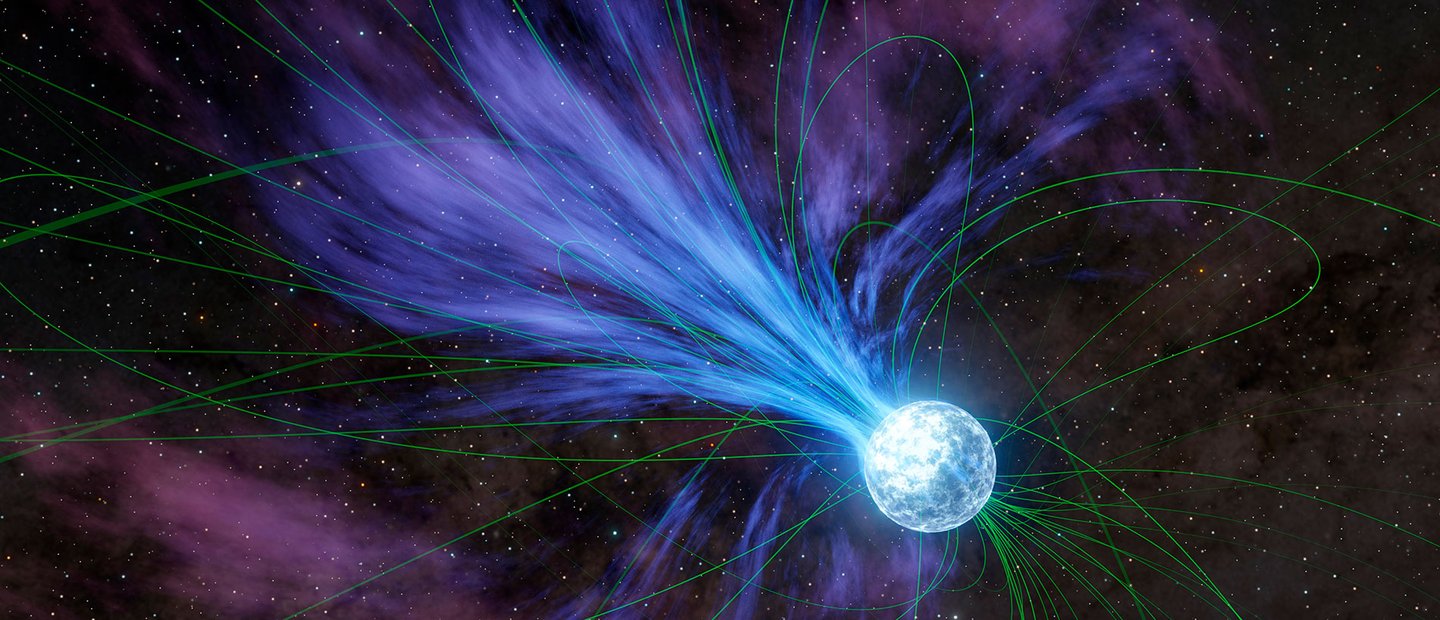On a quiet Tuesday morning in April, in a stark white control room nestled within NASA’s Jet Propulsion Laboratory, the world changed.
It started with a whisper.
Not a literal one. Not the rustle of wind or a voice on the line. This whisper came through static—a delicate, structured pulse that danced just above the noise. To the untrained ear, it sounded like interference. But to Dr. Leila Morgan, it was nothing short of impossible.
For over two decades, Dr. Morgan had been searching for patterns in the chaos of deep space. She knew every known source of radio waves by heart: pulsars, quasars, collapsing stars, satellites tumbling silently across Earth’s upper atmosphere. This was none of those things.
“This signal,” she said, eyes locked on the data stream as her team scrambled around her, “is not random. It’s… intelligent.”
And so began the most electrifying mystery in modern human history.
Chapter One: The Signal That Froze Time
The transmission arrived at exactly 04:23 AM UTC, quietly sliding into NASA’s deep space feed without fanfare. But the moment Dr. Morgan’s AI alert system flagged the incoming pulse as “highly anomalous,” the room snapped to life.
Technicians rewound the signal. Replayed it. Cross-checked it. What they found was chilling in its clarity.
The signal lasted for 18.6 seconds. Not long by human standards. But in the vast stillness of the cosmos, that was an eternity. More shocking was its rhythm: a deliberate series of pulses, spaced in intervals that mirrored the first few prime numbers—2, 3, 5, 7, 11, 13…
Nature doesn’t do that.
“Prime numbers don’t occur in that order naturally,” said Dr. Morgan. “They’re mathematical. They’re… intentional.”
The origin? A dense region of space called Sagittarius B2—over 26,000 light-years from Earth. It’s a place already shrouded in scientific fascination. A molecular cloud dense with the building blocks of life. Amino acids. Organic molecules. Cosmic whispers of creation.
But this signal wasn’t life forming. It was life reaching out.
Chapter Two: A World Catches Its Breath
Within hours, news outlets around the world exploded with headlines:
“NASA DETECTS ALIEN SIGNAL?”
“COSMIC TRANSMISSION BAFFLES SCIENTISTS”
“IS THIS FIRST CONTACT?”
Across continents, the story leapt from screens into living rooms. Children pointed at telescopes. Priests and imams spoke of celestial signs. Reddit lit up with conspiracy theories. TikTokers claimed to “hear words” in the static. And in Washington, world leaders received quiet briefings behind closed doors.
The message wasn’t long, but its impact echoed louder than any shout.
“We’re not saying it’s aliens,” NASA’s press officer carefully told the world. “But we’re not saying it’s not.”
It wasn’t confirmation. But it wasn’t denial, either.
The ambiguity became fuel. For wonder. For fear. For possibility.
Chapter Three: The Science of the Impossible
As the noise rose, teams of scientists huddled in silence. They ran simulations. Scanned for patterns. Compared historical anomalies.
The signal did not match any known star or cosmic event. It wasn’t a gamma-ray burst. It wasn’t a rogue satellite. It wasn’t even a Fast Radio Burst, those mysterious signals that blink in and out with maddening unpredictability.
This was stable. Structured. And it hadn’t faded.
Observatories in Chile, China, and India confirmed the same signal—same timing, same origin.
A multinational committee formed within days. Among them were linguists, mathematicians, AI experts, and cryptographers. Their shared goal: decode what the universe might be trying to say.
One theory began to rise above the rest.
“This isn’t a message in the traditional sense,” explained Professor Ethan Reyes of MIT. “It’s a ping. A cosmic hello. A beacon.”
Like a lighthouse on a distant shore.
But whose shore?
Chapter Four: Not Our First Mystery
The universe has never been silent.
In 1977, Ohio State’s Big Ear Radio Telescope captured the now-famous “Wow!” signal—72 seconds of unexplainable radio frequency. It never repeated. Never returned.
For decades, it stood alone as the best candidate for extraterrestrial contact.
Then came the Fast Radio Bursts—millisecond flashes of radio light that seem to appear and disappear at random, some repeating years apart. Most turned out to be neutron stars or black hole activity.
But this signal wasn’t like those.
It was slower. Clearer. Mathematical.
“This is more advanced,” said Dr. Morgan. “It feels… crafted.”
And unlike the Wow! signal, it came back.
Three days later. Same length. Same primes.
Chapter Five: Governments, Tech Giants, and Global Response
On Day Four, everything changed again.
The United Nations called an emergency session.
The U.S. Department of Defense confirmed that satellites were being redirected. Elon Musk tweeted—then deleted—this cryptic line:
“They’re building antennas. We’re not the only ones.”
China’s space agency issued a rare joint statement, pledging “total cooperation in the investigation of the signal that may concern all of Earth.”
Behind the scenes, satellite footage confirmed what some had feared: unknown high-frequency bursts had been occurring sporadically for years—but never in a pattern clear enough to detect.
Until now.
Chapter Six: What If It’s Really Them?
For the first time in history, humanity had to grapple not just with the idea of being alone in the universe—but the possibility that we aren’t.
Some people rejoiced.
“This is the greatest day in the history of Earth,” said one commentator. “We’re not just a pale blue dot anymore. We’re part of a conversation.”
Others weren’t so sure.
“What if it’s not friendly?” asked a senator during a televised hearing. “What if it’s a test? Or worse… a trap?”
Still others turned to philosophy.
“What matters,” mused astrophysicist Lucien Farrow, “is not what the message is. It’s that it was sent. Someone chose to speak. And now we must choose how to listen.”
Chapter Seven: Is Anyone Out There… or Are We the Ones Being Watched?
NASA began working around the clock. SETI’s funding tripled overnight. Supercomputers at CalTech were reprogrammed to run thousands of linguistic simulations per second. AI tools were trained to decode non-Earth language structures.
They called it Project Echo.
Meanwhile, strange things started happening online.
Anonymous forums began posting supposedly “decoded” portions of the signal. Some claimed the pulses matched ancient Sumerian text. Others said the primes were coordinates—leading to Antarctica, or the Moon, or deep beneath the Pacific Ocean.
A viral TikTok claimed to find a “face” hidden in the waveform.
Most of it was nonsense.
But some… made people wonder.
Chapter Eight: The Return Signal
Then, on Day 10, the signal changed.
It didn’t just repeat—it evolved.
New numbers appeared.
Mathematical constants: Pi. Euler’s number. The Golden Ratio.
Then, for six seconds, the pulses stopped entirely.
Then: a burst.
Short. Long. Short.
Three. One. Three.
Across the globe, three independent linguists came to the same conclusion:
It’s binary. And it says, “Start here.”
Chapter Nine: What If We Respond?
For the first time in history, Earth faced a decision it had never had to make:
Should we answer?
Arguments erupted around the world. A message committee formed. Scientists debated tone, content, and consequences.
What do you say to a civilization that might be 26,000 years more advanced than ours?
Do you explain peace? Or show strength?
Do you send math? Music? DNA?
And what if they already know us better than we know ourselves?
In the end, the committee made a decision:
They would wait.
“We’re not ready,” said Dr. Morgan. “Not yet.”
Chapter Ten: The Signal That Changed Us Anyway
Weeks passed. The signal hasn’t returned. Not yet.
But something did change.
People began to look up again.
Telescope sales soared. Enrollments in physics and astronomy skyrocketed. Churches reported a surge in attendance. Children painted stars. Artists wrote symphonies based on the waveform. Scientists found new urgency in the search for habitable exoplanets.
It was as if humanity had heard its name whispered in the dark… and couldn’t forget it.
As one journalist wrote:
“Even if the message was never meant for us, we received it. And that means something.”
Final Thoughts: What If This Is Only the Beginning?
So what now?
We don’t know who sent the signal. We don’t know if they’ll ever send another. We don’t know if it’s a welcome, a warning, or just a cosmic version of checking a mic.
But we do know this:
The universe is not silent.
And now, neither are we.
Because every child who dreams of stars, every telescope aimed upward, every scientist running simulations in the dead of night… is listening.
Waiting.
Hoping.
For a signal not from Earth. But to it.
If the universe is trying to talk to us, then maybe—just maybe—it already has.
And the question is no longer “Are we alone?”
The question is:
Are we ready to answer?

